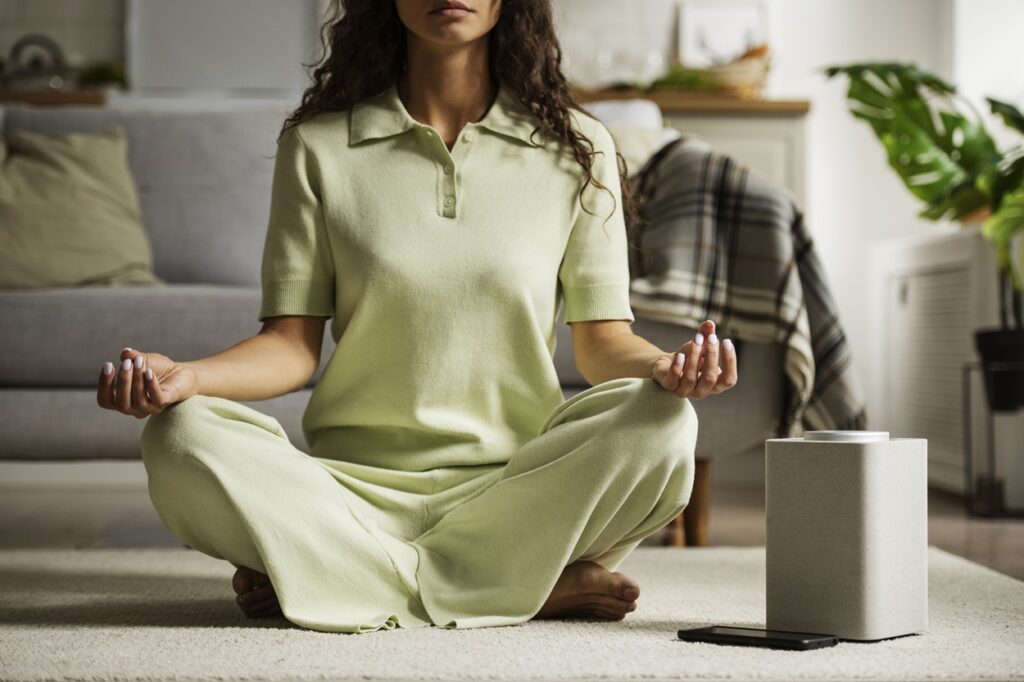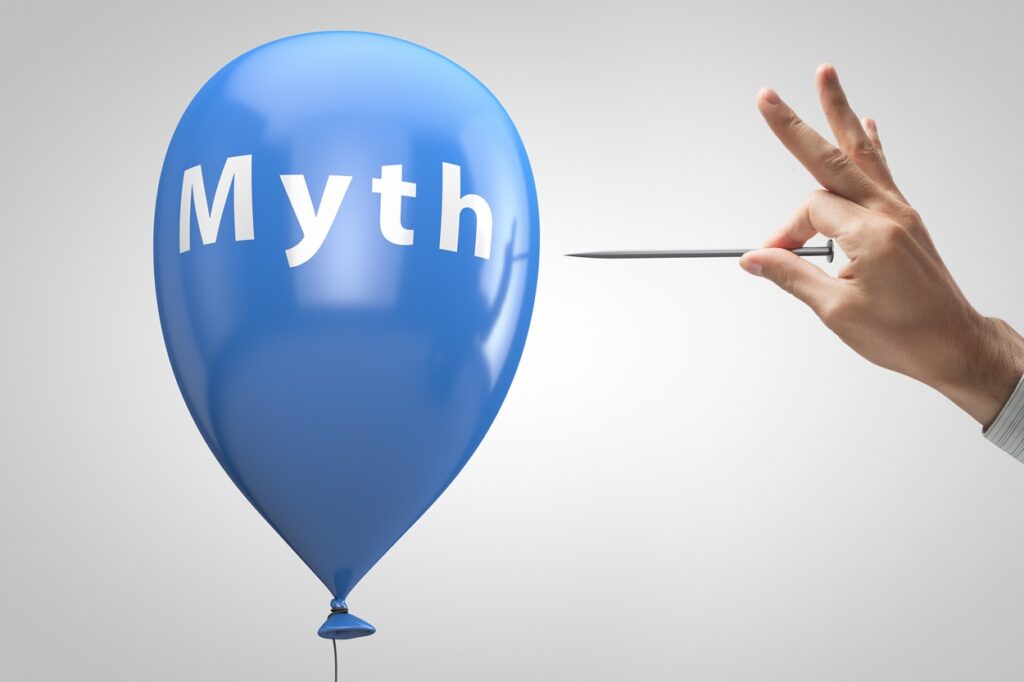How to do Meditation Properly: A Journey of Mindfulness
How to do meditation properly? Meditation is a timeless practice that offers a profound path to inner peace, self-awareness, and overall well-being. While meditation can be incredibly rewarding, it’s not uncommon for beginners to wonder if they are “doing it right.” In this guide, we’ll explore the art of meditation and provide you with practical insights and techniques to meditate properly.
Embrace the Power of Meditation
Meditation is more than just sitting in silence; it’s a transformative journey of self-discovery. It invites you to explore the depths of your own consciousness, find stillness amid life’s chaos, and connect with your inner wisdom. Whether you seek relief from stress, improved focus, or a heightened sense of clarity, meditation holds the key. In the following sections, we’ll break down the essential elements of meditation, dispel common myths, and guide you toward a practice that resonates with your unique needs and preferences. Whether you’re a novice or looking to refine your practice, this journey into mindfulness will empower you to embrace meditation as a transformative tool for your life.

Meditation Essentials: The Fundamentals You Need to Know
Embarking on a meditation journey requires a solid foundation in the basics. Let’s explore the essential elements that will guide you in your meditation practice.
Finding Your Sacred Space
Before you start meditating, it’s essential to create an environment that supports your practice. This space, often referred to as your “sacred space,” plays a crucial role in setting the tone for your meditation sessions. Here’s a closer look:
- Quiet and Peaceful: Your meditation space should be free from noise and distractions. It’s a place where you can find solace and inner calm. Consider using noise-cancelling headphones if external sounds are unavoidable.
- Comfortable and Inviting: Choose furnishings that promote comfort. Whether it’s a cushion, chair, or floor mat, make sure it’s something you can sit or lie on for an extended period without discomfort.
- Personalized: Your sacred space should reflect your personality and preferences. Add elements that resonate with you, such as soft lighting, soothing colors, or meaningful decor. This personal touch makes your meditation space inviting and inspiring.
- Serene Outdoor Spot (Optional): If possible, meditating in nature can be incredibly rejuvenating. The tranquility of an outdoor setting, whether it’s a garden, park, or a quiet forest, can enhance your meditation experience.
Related Article: Meditation Anywhere! Ideas For Easily DIY’ing An Outdoor Meditation Space!

Choosing the Right Posture
Selecting the appropriate meditation posture is crucial for comfort and attentiveness during your practice:
- Sitting Options: You can choose to sit on a chair, cushion, or directly on the floor, depending on your comfort level. Sitting in a chair is suitable for those who may have physical limitations. Cushions and mats provide a traditional and comfortable seating arrangement.
- Lying Down (Optional): While sitting is the most common meditation posture, lying down is an option, especially if you have back issues or find it difficult to sit for extended periods. However, be cautious not to fall asleep during meditation in this position.
- Alertness: Regardless of the posture you choose, aim to remain alert and attentive. Keep your back straight to facilitate easier breathing, and relax your shoulders to release tension.
- Hand Placement: Rest your hands on your lap with your palms facing up or down, or place them gently on your knees. This hand position helps you maintain balance and comfort during meditation.
Related Article: What is the Meaning of Pranayama: Pranayama Breathing Techniques & Tips
The Role of Breath
Breath is a central element in meditation practice, and understanding its significance can deepen your experience:
- Anchor of Awareness: Your breath serves as an anchor, grounding you in the present moment. Paying attention to the sensation of your breath as it naturally flows in and out keeps you connected to the here and now.
- Calming and Soothing: The rhythmic nature of breathing has a calming effect on the mind. It helps reduce mental chatter and promotes a sense of relaxation.
- Mindfulness Focus: Observing your breath mindfully is a common meditation technique. It involves simply noticing each inhale and exhale without attempting to change or control your breathing. This practice enhances mindfulness and presence.
- Return to the Breath: When your mind wanders during meditation, as it naturally does, gently guide your attention back to your breath. This continuous return to the breath is a fundamental aspect of meditation that cultivates focus and presence.
Incorporating these elements into your meditation practice creates a foundation for deepening your mindfulness and inner peace. It’s essential to tailor your space, posture, and breath awareness to your preferences to make your meditation experience uniquely yours.
Types of Meditation
Explore various meditation techniques, such as mindfulness meditation, loving-kindness meditation, or guided meditation. Each type offers a unique approach to mindfulness and self-awareness.
In the upcoming sections, we’ll delve deeper into these essential elements to help you establish a strong foundation for your meditation practice.

The Power of Mindfulness: Understanding Meditation Techniques
Meditation is a journey of mindfulness, and there are several techniques you can explore to deepen your practice. Here are some key meditation techniques to consider:
Mindfulness Meditation: This technique involves paying close attention to the present moment without judgment. Focus on your breath, bodily sensations, or even your thoughts. Mindfulness meditation cultivates awareness and presence.
Loving-Kindness Meditation: Also known as Metta meditation, this practice involves sending feelings of love and compassion to yourself and others. It fosters kindness, empathy, and emotional well-being.
Guided Meditation: In guided meditation, you listen to a meditation guide or audio recording that leads you through a specific visualization or mindfulness exercise. It’s an excellent option for beginners.
Body Scan Meditation: This practice involves systematically scanning your body from head to toe, paying attention to sensations, tension, and relaxation. It enhances bodily awareness and relaxation.
Transcendental Meditation: TM involves silently repeating a specific mantra to quiet the mind and reach a state of deep restful awareness. It’s a technique that can lead to profound inner peace.
Breath Awareness Meditation: Focus exclusively on your breath. Notice the sensation of each inhale and exhale. This technique is simple yet highly effective in calming the mind.
Each meditation technique offers a unique approach to mindfulness and self-discovery. Experiment with different methods to find the one that resonates most with you and enhances your meditation experience.
A Simple Step-by-Step Guide to Proper Meditation Practice
| Step | Description |
|---|---|
| 1. Find Your Space | Choose a quiet, comfortable space for meditation. It could be a corner of a room, a cozy chair, or a cushion on the floor. Ensure the space is free from distractions. |
| 2. Posture | Sit in a relaxed yet alert posture. Keep your back straight, shoulders relaxed, and hands resting on your lap or knees. You can also meditate while lying down, but be careful not to fall asleep. |
| 3. Set a Time | Decide on the duration of your meditation session. Beginners may start with 5-10 minutes and gradually increase it. Use a timer to avoid checking the clock during meditation. |
| 4. Close Your Eyes (Optional) | Some meditate with their eyes closed, while others prefer a soft gaze with eyes partially open. Choose what feels right for you. |
| 5. Focus on Your Breath | Begin by taking a few deep breaths to center yourself. Then, let your breath return to its natural rhythm. Pay attention to the sensation of your breath as it enters and leaves your nostrils or the rise and fall of your abdomen. |
| 6. Observe Thoughts | Thoughts may arise during meditation. Instead of trying to stop them, observe them without judgment. Imagine each thought as a passing cloud in the sky of your mind. |
| 7. Return to the Breath | When you notice your mind wandering, gently bring your focus back to your breath. This is the heart of meditation—coming back to the present moment. |
| 8. Body Scan (Optional) | To enhance bodily awareness, you can perform a body scan. Start at your toes and slowly move your attention up through your body, noting any sensations or areas of tension. |
| 9. Loving-Kindness (Optional) | If practicing loving-kindness meditation, send feelings of love and compassion to yourself and others. Use phrases like “May I/you be happy, may I/you be healthy,” etc. |
| 10. End with Gratitude | When your session is complete, take a moment to express gratitude for this time of self-care and mindfulness. Slowly open your eyes and transition back to your day. |
Remember, meditation is a personal practice, and there’s no one-size-fits-all approach. The key is consistency and finding what resonates with you. Whether you choose mindfulness meditation, loving-kindness meditation, or another technique, these steps will help you meditate properly and cultivate a sense of inner peace and clarity.
Common Meditation Myths: Debunking Misconceptions
As you embark on your meditation journey, it’s essential to dispel common myths that might hinder your practice. Let’s debunk some of these misconceptions:
Myth 1: Meditation is About Clearing Your Mind Completely
Reality: While meditation aims to calm the mind, it doesn’t require you to eliminate all thoughts. It’s natural for thoughts to arise. Instead, meditation teaches you to observe thoughts without attachment.

Myth 2: You Must Sit Cross-Legged on the Floor
Reality: Meditation can be practiced in various postures, including sitting in a chair, on a cushion, or even lying down. Choose a position that’s comfortable and allows you to focus.
Myth 3: Meditation is Religious
Reality: While meditation is a part of many religious traditions, it’s not inherently religious. It’s a secular practice that anyone, regardless of their beliefs, can benefit from.
Myth 4: Meditation Requires Hours of Practice Daily
Reality: You can experience the benefits of meditation with just a few minutes of daily practice. Consistency matters more than duration.
Myth 5: Meditation is for “Spiritual” People
Reality: Meditation is for everyone, regardless of their spiritual beliefs. It’s a tool for self-awareness and well-being that anyone can embrace.
By dispelling these myths, you can approach meditation with a clear understanding of what it entails and the flexibility to adapt it to your preferences and needs.
Final Thoughts on How To Do Meditation Properly
As we conclude this exploration of meditation, it’s important to emphasize that meditation is a journey rather than a destination. It’s a practice that evolves over time, offering a myriad of benefits along the way. Remember that there’s no “right” or “wrong” way to meditate—what matters most is your commitment to the practice and your willingness to embark on this transformative journey.
Meditation has the power to enhance your mental clarity, emotional well-being, and overall quality of life. By finding your sacred space, choosing the right posture, and embracing the role of breath, you create a foundation for a fulfilling meditation practice. As you continue on this path, explore different meditation techniques, dispel common myths, and adhere to the guidelines we’ve discussed. Through dedication and an open heart, you’ll uncover the profound peace and self-awareness that meditation has to offer, ultimately enriching every aspect of your life. Embrace the journey, savor each moment of stillness, and let meditation be your guiding light toward inner harmony and well-being.




